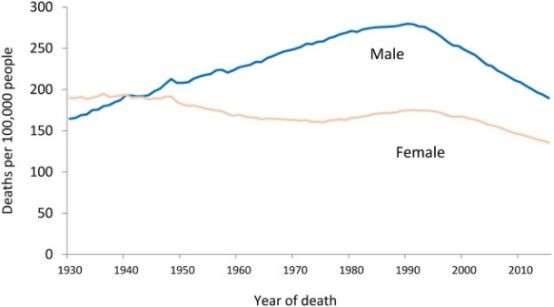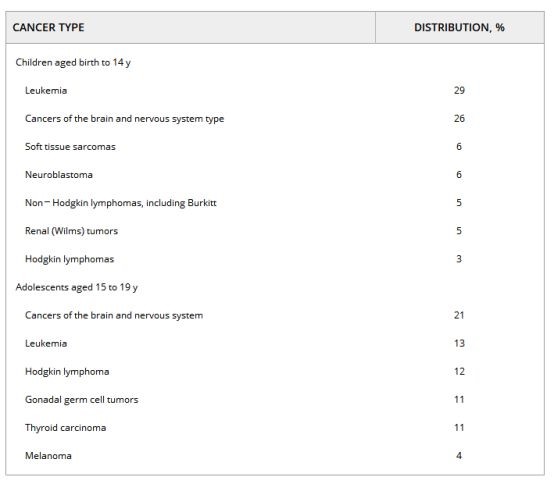The International Union Against Cancer believes that one-third of cancers are preventable, one-third can be cured if diagnosed early, and one-third can be alleviated to help prolong patients’ life. Cancer control is a discipline dating back to the early 20th century and focuses on the early detection and treatment of diseases through timely identification of symptoms and signs, which is essential for the early diagnosis and treatment of cancer. At present, epidemiological studies on cancer control are emerging in an endless stream. On July 10th, the American Cancer Society (ACS) released a major national anti-cancer plan for the next 10 years, which aims to effectively reduce cancer mortality by 2035 to reduce the national cancer burden.
On the same day, Dr. Ahmedin Jemal DVM, ACS member, and others published the changes and causes of cancer mortality in the United States from 1930 to 2015 in CA: A Cancer Journal for Clinicians. The data covered 95% population of the US, revealing that despite steady progress in reducing cancer mortality in the past few decades, there is still a long way to fight cancer.
In the field of epidemiology, as cancer mortality is less affected by actual operations and reflects the overall results of prevention, early detection and treatment, the downward trend of cancer mortality is the best indicator of cancer control progress.
The overall cancer mortality rate has dropped
Trends in standardized cancer mortality rates for male and female ages in the United States from 1930 to 2015
The researchers believed that the reasons for the decline in cancer mortality in these years involve multiple aspects. The first is the effective cancer prevention measures, such as reducing smoking-related cancer through tobacco control and reducing colorectal cancer and cervical cancer through precancerous lesions screening. Meanwhile, improvements in screening and early detection techniques have effectively reduced mortality in breast, colon, rectal, cervical and small prostate cancers. Finally, enhancements in cancer treatment, including reduced operative mortality, development in surgery and radiation therapy, and advances in systemic therapy, are essential factors in the significant decline in cancer mortality.
Child cancer mortality rate declines
Cancer is the second most common cause of death among children between the ages of 1 and 14 in the United States. Studies have shown that about one in every 279 children is diagnosed with cancer before the age of 20, and only 175,000 of the young people between the ages of 20 and 39 are child cancer survivors. According to the study, the incidence of cancer among children and adolescents increased by 0.6% per year between 1975 and 2014. In contrast, cancer mortality continued to decline from 6.5/100,000 in 1970 to 2.3/100,000 people in 2015 with an overall reduction of 65%.
Researchers believe that the substantial advances in primary childhood cancer give the credit to enhancements in treatment methods and high-level clinical trial participation. Unfortunately, a significant proportion of childhood cancer survivors are often plagued by complications associated with cancer or treatment. Although the significant decline in pediatric cancer mortality is a great incentive for scientists, there is still a long path. Current pediatric cancer research aims to improve treatment, enhance its efficacy, and reduce side effects.
Other factors should not be ignored
In addition, the study found differences in cancer mortality among people of different racial/ethnic, economic and educational levels or residential areas. For example, breast cancer mortality declined by a total of 39% between 1988-1990 and 2013-2015, but 10 states in the United States only had a decline of 20%-29%. Geographic difference results from changes in risk factors and access to screening and quality treatment, all of which are influenced by socio-economic factors, legislative policies, education levels, and quality of care.
Regional differences in breast cancer mortality trends between 1988-90 and 2013-15 in the United States
The study identified that we need to broaden the knowledge of cancer prevention, screening and interventions, and provide patients with high-quality cancer treatment more broadly in order to effectively reduce cancer mortality. In the absence of new technologies or treatments, the development of evidence-based medicine can greatly reduce the national cancer burden.



